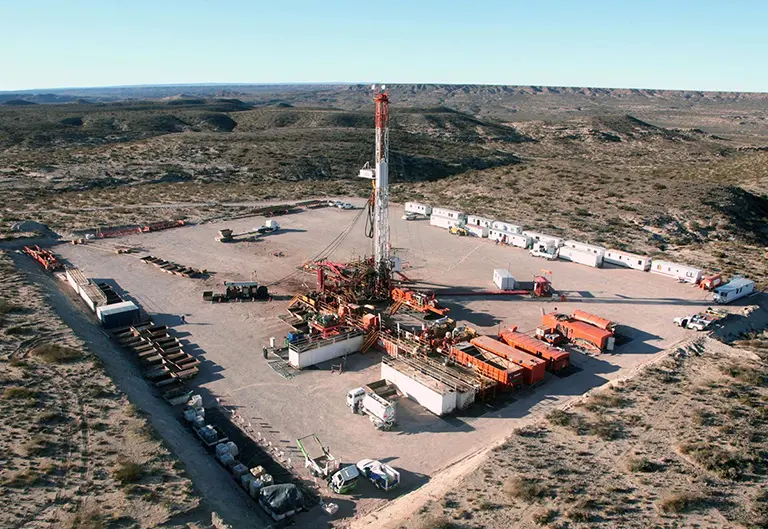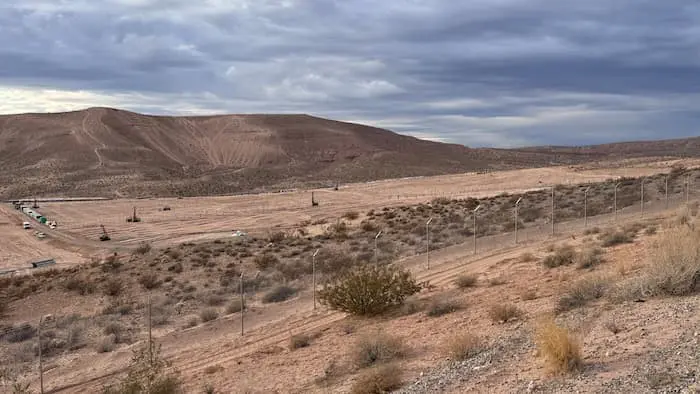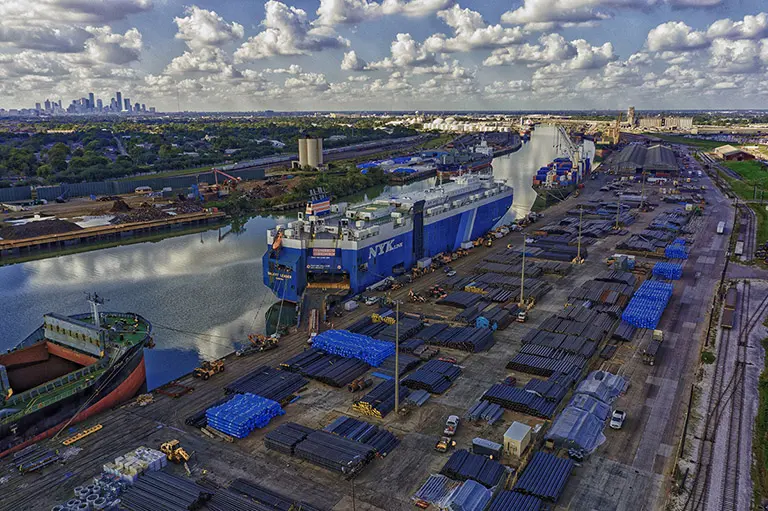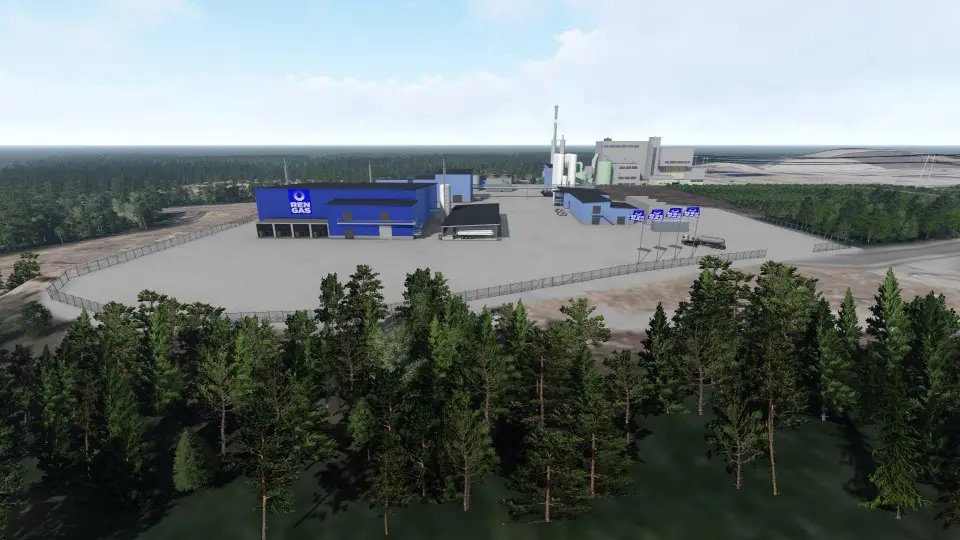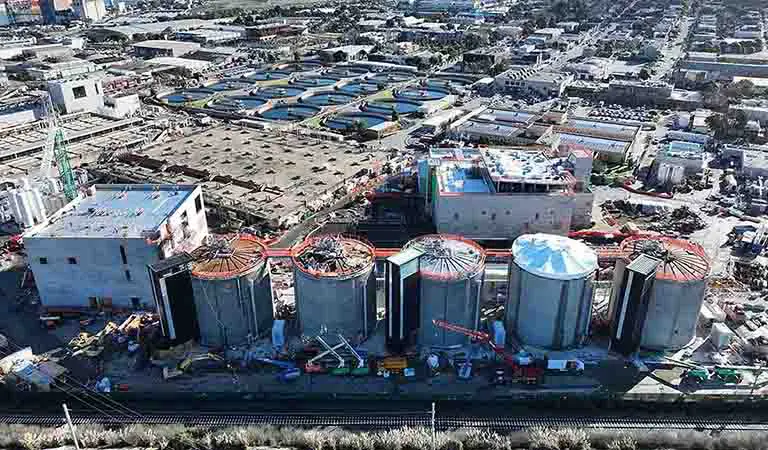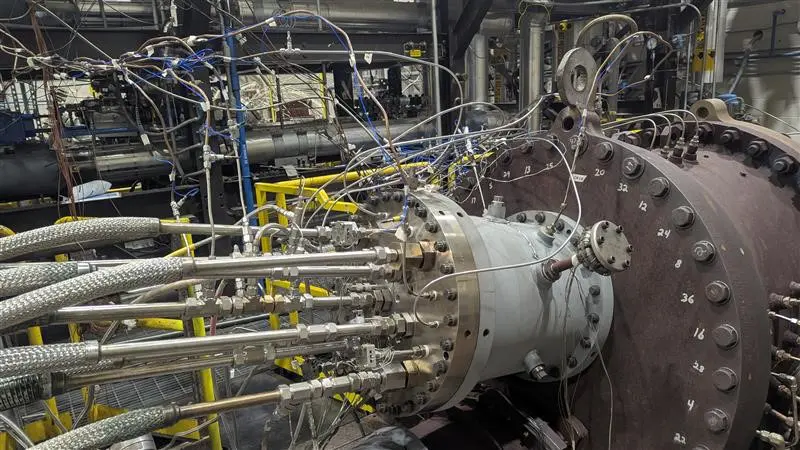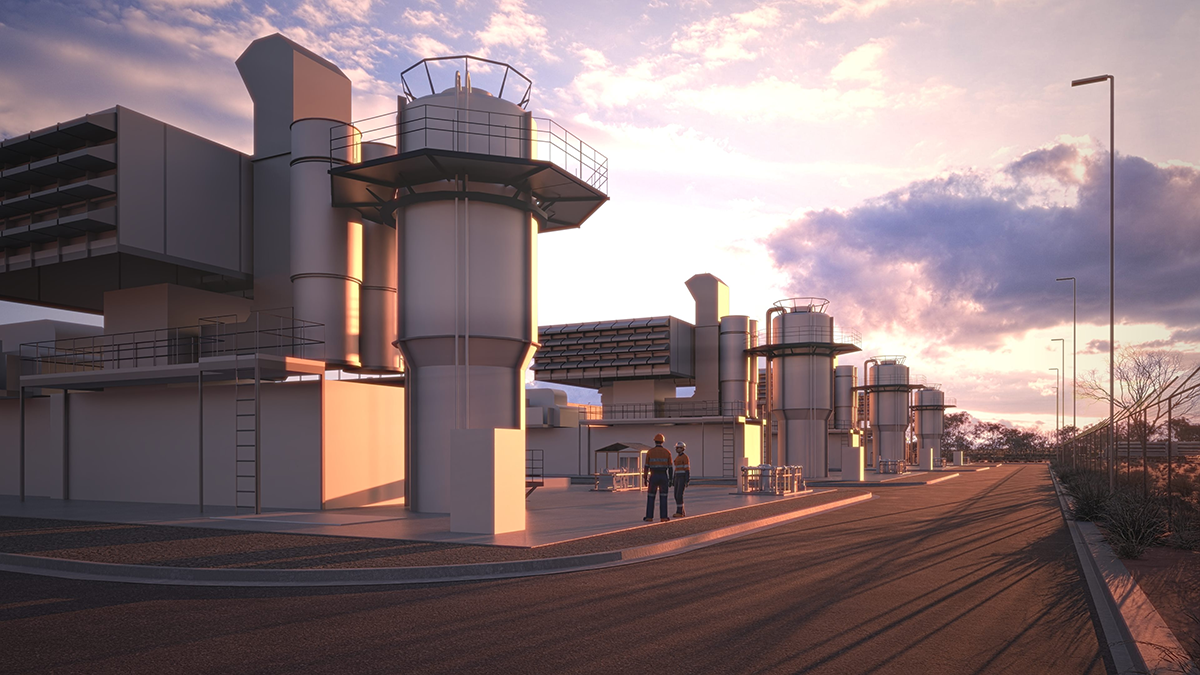
World Bank Steps Up Efforts to Address Methane Emissions
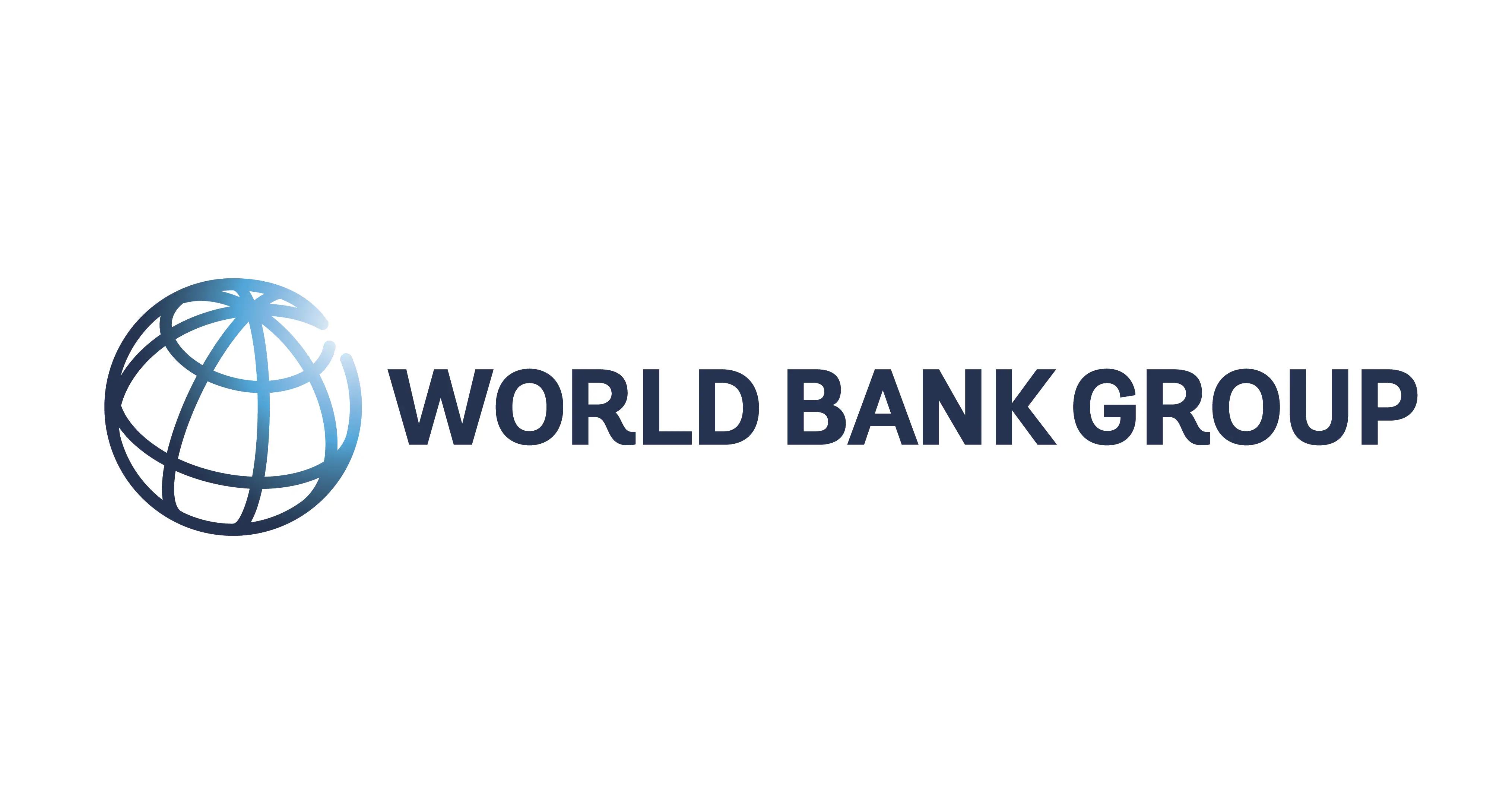
The World Bank Group (World Bank) is taking action to decisively bend the methane emissions curve, announcing its intent to launch at least 15 country-led programs in the next 18 months. These programs will aim to slash up to 10 million tons of methane (over investment lifespans).
Addressing methane emissions is a cost-effective way to reduce the dangerous rise in global temperatures and support billions of people on the front lines of climate change. It is essential to the World Bank’s impact-focused climate action plan and its vision of creating a world free of poverty on a livable planet.
The new national programs build on pilots that have delivered solutions for rice production, livestock operations, and waste management. These interventions have improved water management of rice paddies and rice straw composting, supported sustainable livestock management through advanced food practices, selective breeding, and better manure treatment and diverted organic waste from landfills and more efficiently managed biogas.
Deploying the best available technologies, methane emissions from rice production can be reduced by up to 40%, for livestock by up to 30%, and for waste by up to 80%.
Methane represents about 19% of global greenhouse gas emissions. Rice production accounts for 8%, livestock 32%, and waste 18% of all human-driven methane emissions. Across the spectrum, this comprehensive approach to methane reduction achieves triple wins: abating emissions, enhancing resilience, and empowering livelihoods.
Methane is 80 times more dangerous than carbon dioxide when it comes to warming the planet, making it a major driver of climate change. Yet, the World Bank said that it is less understood and less prioritized than carbon dioxide. Finance for methane abatement is alarmingly low, accounting for less than 2% of global climate finance.
The World Bank will also support early interventions where methane emissions are set to rise exponentially, inform policy making and country engagements through analytics, and unlock financing. Between 2024 and 2030, the World Bank expects to significantly boost its financing through public and private sector channels for methane reduction.
These efforts will be complemented by simple and effective solutions for reducing methane emissions from the power sector. The World Bank is working with Germany, Norway, the United States, the UAE, and the private sector to expand on long-standing efforts to significantly cut methane emissions across the whole energy value chain.
Related to these efforts, the World Bank is launching two partnership platforms for accelerated methane action: The Global Methane Reduction Platform for Development (CH4D), a hub for methane abatement in agriculture and waste, and the Global Flaring and Methane Reduction Partnership (GFMR) focuses on reducing methane leaks in the oil and gas sector.

